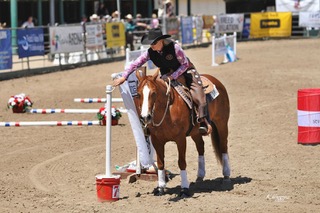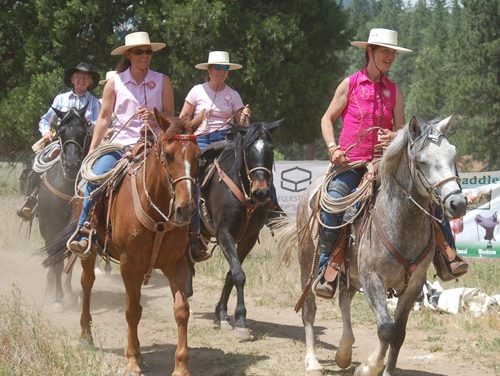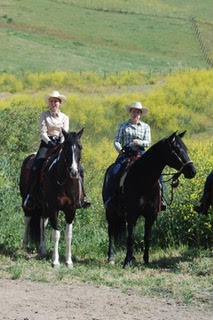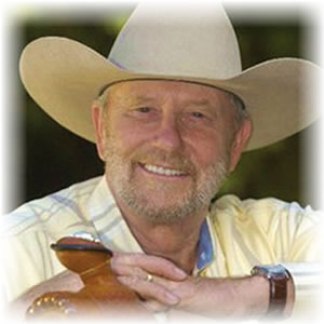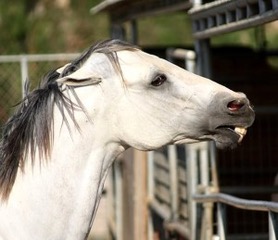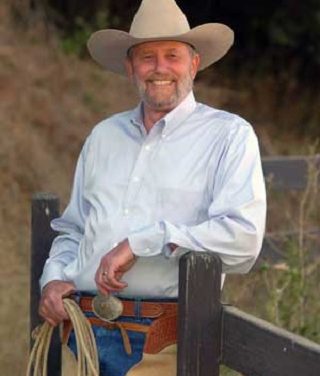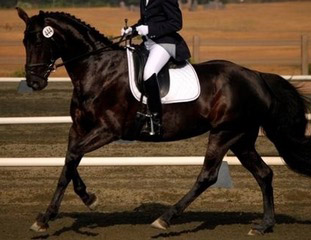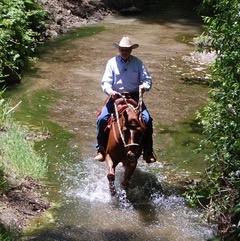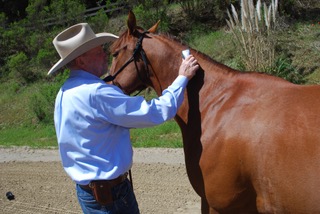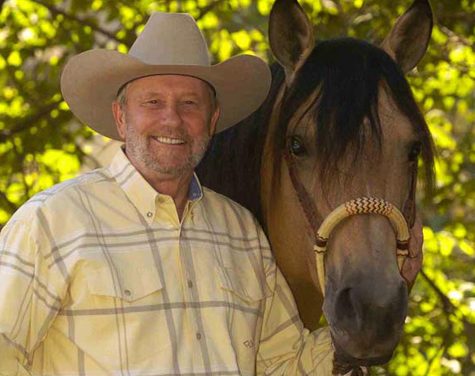Versatility and Cross Training
A horse that is versatile can do a variety of things. It does not have to be
really good at every task. The horse may have one discipline that it
excels in but it is also able to do other types of activities. For example,
you may have a good trail horse and at the same time that horse is able
to work with cows and perhaps do some jumping. A trail horse needs to
be familiar with cows and you never know when you may need to jump
over an obstacle on the trail. The skills work together and that is where I
like to take the horses I work with.

